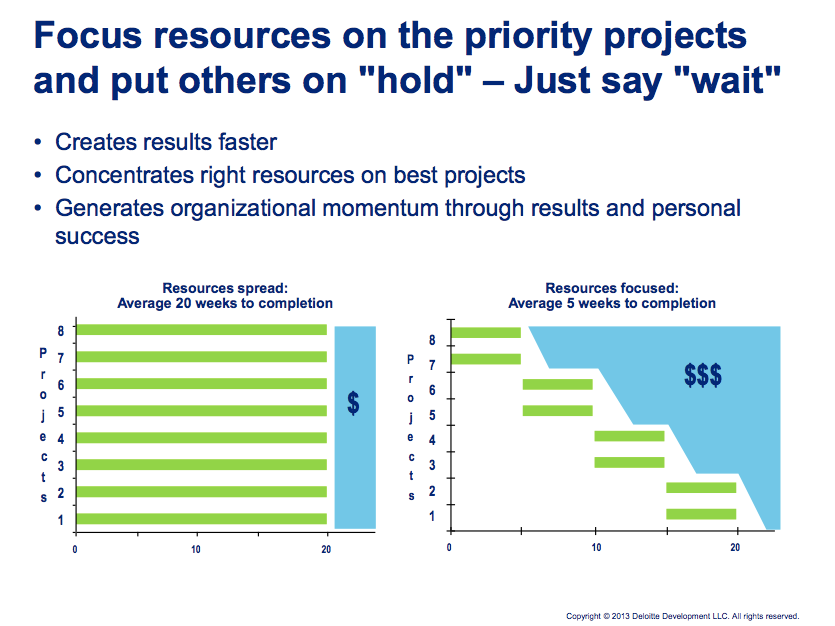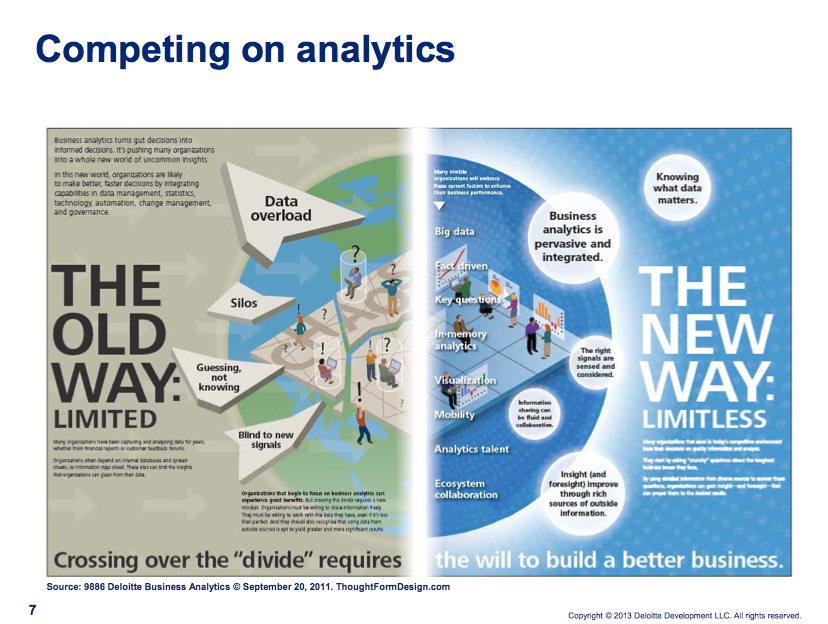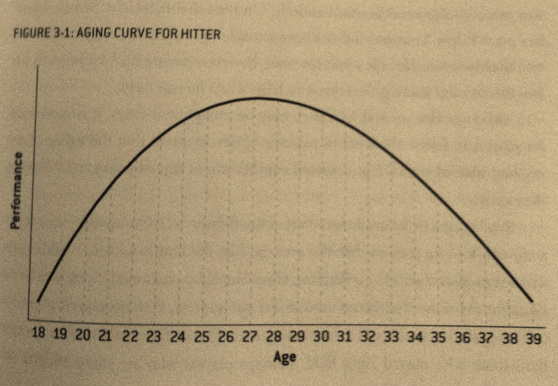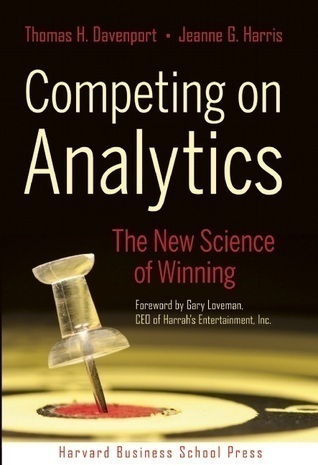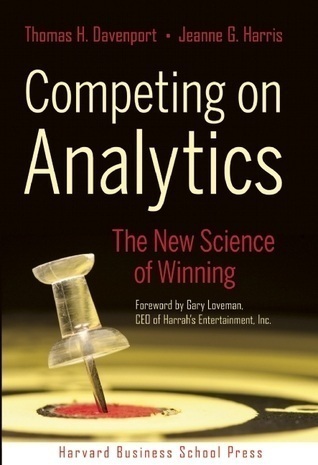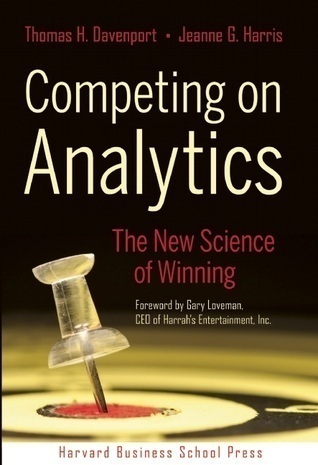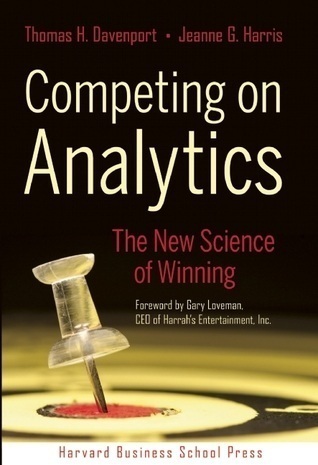Great slide that I think relates to radiology and improving processes and the business. Often we make a list of 8 projects and we know they all need to be done, so we do them all at once. We need to improve referrals, RVU productivity of reading radiologist and modify workflow to increase productivity- among others. Instead of trying to tackle all of them at once, split them up and complete them one at a time, as the graph above demonstrates.
| Performance Imperative |

